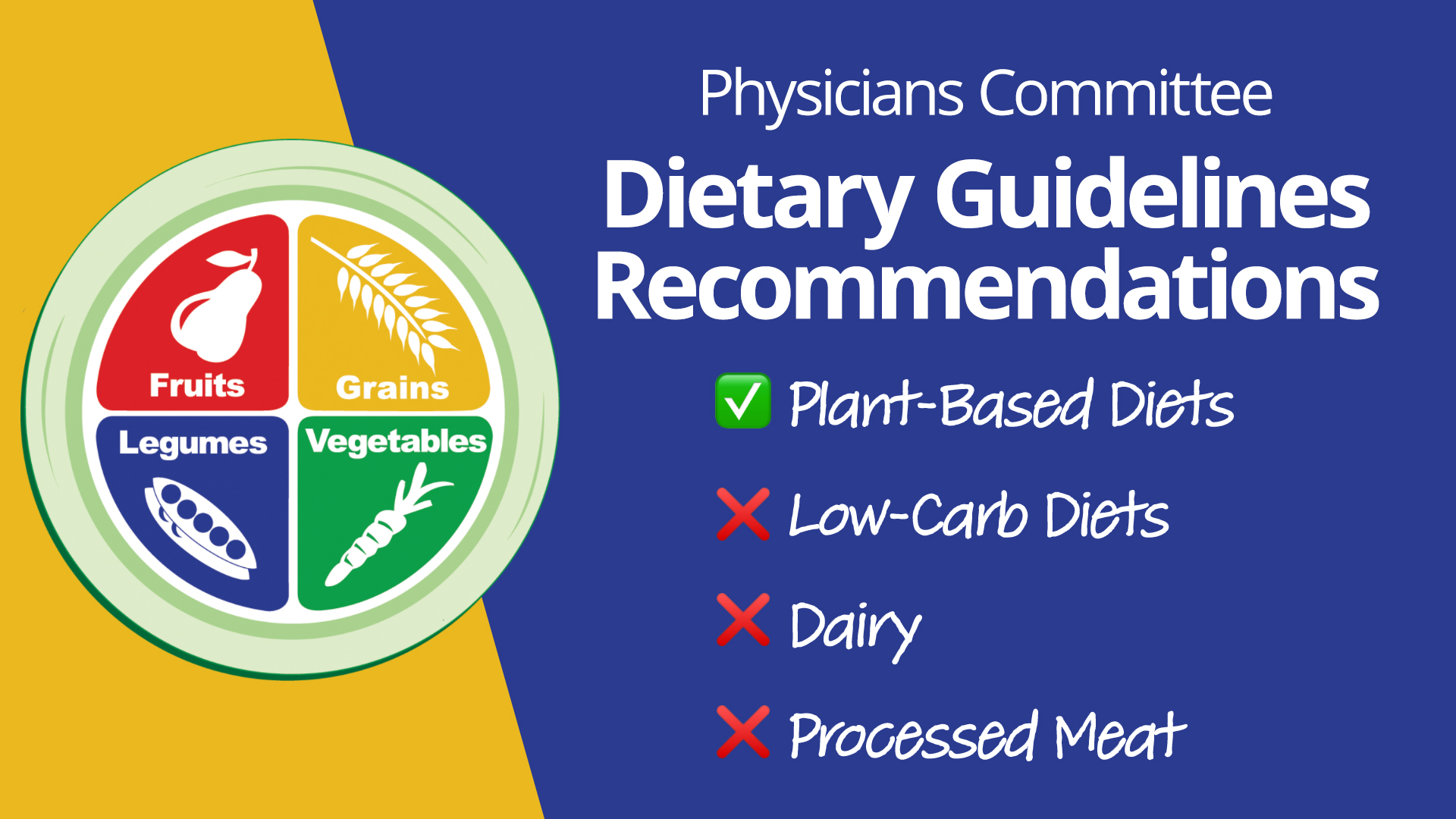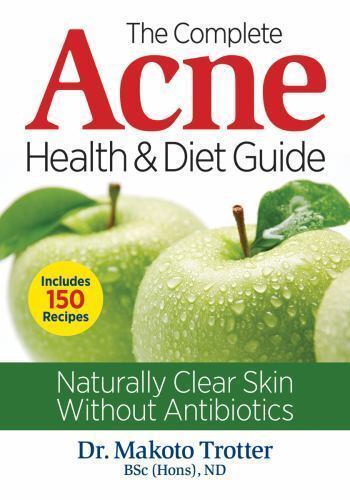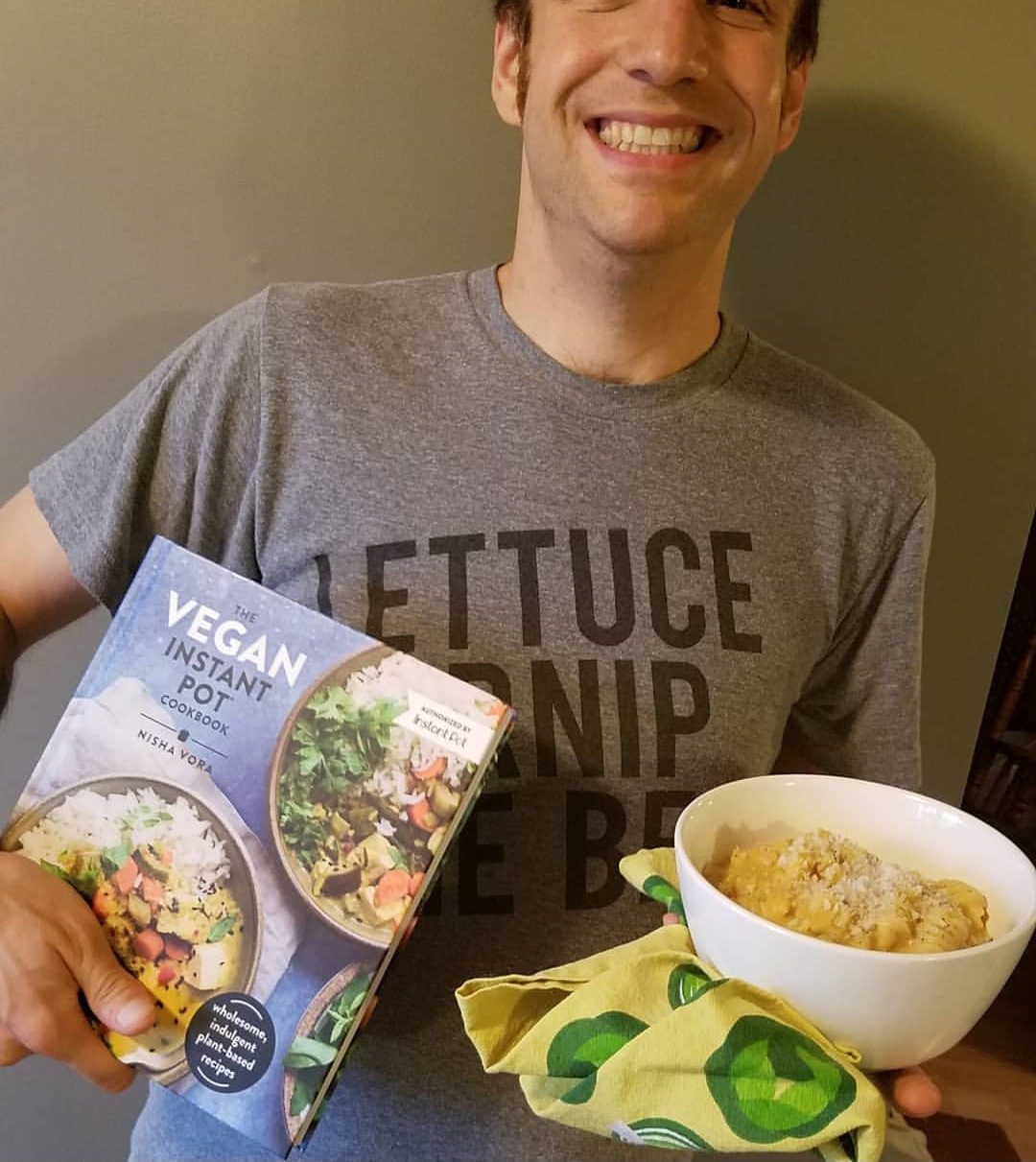
It's possible to lose weight by eating a plant-based diet, as Tom Brady did. Some athletes follow a plant-based diet, such as Lindsey Vonn. Novak Djokovic follows a TB12 lifestyle.
Tom Brady's diet
Tom Brady is not vegan, but he does practice a plantbased diet. Brady opts to eat a plant-based diet rich in vegetables and grains instead of meat, eggs, fish, and dairy. According to the official Tom Brady website, his diet is composed of 80 percent plants and 20 percent lean meats. In addition to vegetables, he also avoids sugary snacks and prepackaged condiments.
Even though Tom Brady's diet is less restrictive than the previous iterations it still contains some harmful foods. The diet is devoid of healthy carbs that can lead to nutrient deficiencies or bone problems. This diet relies heavily on protein shakes and other brands. The TB12 program used branded products in its previous diets.

TB12 diet
A plant-based diet is sustainable and healthy. It contains no cholesterol, trans fat, or artificial colors and flavors. It is also high in protein which is crucial for building lean muscles. This diet is also suitable for keto. It is low in carbohydrates. It is also gluten-free and free of GMOs.
The TB12 plant-based diet consists of a plant-forward diet with lots of fluids and protein. This diet doesn't outright demonize food, unlike other TB12-based diets. It does have some limitations. One of these is the large reliance on protein supplements, which does not align with the TB12 philosophy that "Real Food, First."
Gisele Bundchen's plant-based diet
Gisele Bundchen supports a plant-based diet. The Brazilian model used to rely on fast food, cigarettes, coffee, and alcohol to fuel her body, but she has turned her lifestyle around and is now a plant-based diet devotee. She avoids processed foods. Instead, she sticks to organic ingredients. She also intermittently fasts two days a week. Her diet consists mainly of fruits, vegetables, whole grain, and occasionally meat.
The diet is not only beneficial for your health, but also provides energy and a better quality of life. The diet is not a quick fix, and it will require some research on your part. You can lose weight and have a healthier physique with this diet.

Novak Djokovic’s plant-based diet
Novak Djokovic eats a very varied diet. He eats only plant-based foods and avoids animal products. He has said that his lifestyle has improved his health, fitness, and overall well-being. He is vegan even though many don't consider him a vegan.
Djokovic's endurance and allergies have been improved by a plant-based diet. Novak Djokovic is not sure why he started a plant based diet. However, he has found it to be effective. He cites several ethical, environmental, and performance reasons for the change.
FAQ
Do I have to count calories?
You might be asking "What is the best diet?" or "is counting calories necessary?" Well, the answer depends on several factors including your current health status, your personal goals, your preferences, and your overall lifestyle.
The Best Diet for Me - Which One is Right For You?
My personal health, goals, lifestyle and preferences will all influence the best diet. There are many good and bad diets. Some are better for certain people than others. What should I do? How do I make the right decision?
These are the main questions addressed by this article. It begins with an overview of the different diets today. The pros and cons of each diet are then discussed. We'll then discuss how to choose which one is best for you.
Let's begin by briefly reviewing the different types and diets.
Diet Types
There are three types, low-fat, high-protein, or ketogenic diets. Let's discuss them briefly below.
Low Fat Diets
A low fat diet reduces the amount of fats you eat. This is done through reducing the intake of saturated fats (butter, cream cheese, etc.) These fats can be replaced with unsaturated fats like avocados and olive oil. Low fat diets are often recommended to those who wish to lose weight quickly. This kind of diet could cause constipation or heartburn and other digestive problems. Vitamin deficiencies can also occur if the person doesn't get enough vitamins through their diet.
High Protein Diets
High protein diets restrict carbohydrates in favor of proteins. These diets are more protein-rich than others. These diets are meant to help increase muscle mass and decrease calories. One problem is that they may not provide adequate nutrition to someone who needs it. Also, they tend to be very restrictive, so they aren't suitable for everyone.
Ketogenic Diets
The ketogenic diet is also known by the keto diet. They are high fat and moderately carbohydrate and protein-rich. They are commonly used by athletes and bodybuilders as they allow them to train harder, longer and without feeling fatigued. However, they must be used with caution to avoid nausea, headaches and fatigue.
How do I know what's good for me?
You must listen to your body. Your body knows what you need when it comes time to eat, exercise, and get enough rest. To be healthy, you must pay attention and not push yourself too hard. Listen to your body and make sure you're doing everything you can to stay healthy.
What lifestyle is most healthy?
You can live a healthier lifestyle if you eat healthy food and exercise regularly. These guidelines will help you live a long, healthy life.
You can start by making small changes in your diet and exercise routine. For example, if you want to lose weight, try walking for 30 minutes every day. Or, if you want to get more active, take up swimming or dancing. An online fitness program such as Strava or Fitbit that tracks your activity could be a good option.
What are the 7 keys to a healthy, happy life?
-
Take care of your health
-
Exercise regularly
-
Good sleep
-
Get plenty of water.
-
Get adequate rest
-
Be happy
-
Smile often
Statistics
- This article received 11 testimonials and 86% of readers who voted found it helpful, earning it our reader-approved status. (wikihow.com)
- nutrients.[17]X Research sourceWhole grains to try include: 100% whole wheat pasta and bread, brown rice, whole grain oats, farro, millet, quinoa, and barley. (wikihow.com)
- WHO recommends reducing saturated fats to less than 10% of total energy intake; reducing trans-fats to less than 1% of total energy intake; and replacing both saturated fats and trans-fats to unsaturated fats. (who.int)
- The Dietary Guidelines for Americans recommend keeping added sugar intake below 10% of your daily calorie intake, while the World Health Organization recommends slashing added sugars to 5% or less of your daily calories for optimal health (59Trusted (healthline.com)
External Links
How To
What does the word "vitamin" mean?
Vitamins are organic compounds that can be found in foods. Vitamins help us absorb nutrients in the foods we consume. Vitamins cannot be produced by the body. They must be obtained from food.
There are two types of vitamins: water soluble and fat soluble. Water-soluble vitamins dissolve in water easily. Some examples include vitamin C,B1 and B2 vitamins (thiamine), B2 and riboflavin, B3 and niacin, B6 vitamins (pyridoxine), B6 vitamins (niacin), folic acids, biotin, pantothenic acids, and Choline. The liver and fatty tissue are the main storage places for fat-soluble vitamins. Examples include vitamin D, E, K, A, and beta carotene.
Vitamins can be classified according to biological activity. There are eight major types of vitamins.
-
A – Essential for normal growth, and the maintenance of good health.
-
C - essential for proper nerve function, and energy production.
-
D – Essential for healthy teeth, bones and joints
-
E - Required for good vision, reproduction.
-
K - required for healthy muscles and nerves.
-
P – Vital for building strong bones.
-
Q - aids in digestion of iron and iron absorption
-
R - necessary for making red blood cells.
The recommended daily allowance (RDA), for vitamins, varies based on gender, age, and physical condition. The U.S. Food and Drug Administration, (FDA), sets the RDA value.
For adults 19 years and over, the RDA vitamin A intake is 400mg/day. Pregnant women require 600 micrograms daily to support fetal development. Children ages 1-8 require 900 micrograms per day. Infants below one year of age need 700 micrograms daily. But, between 9 months to 12 months of age, the amount drops to 500micrograms per days.
Children aged 1-18 years need 800 micrograms daily, while children overweight require 1000 micrograms per days. Children who are severely obese or underweight will need 1200 micrograms each day.
Children 4-8 years old with anemia will need 2200 mg of vitamin D daily.
Adults over 50 years of age need 2000 micrograms per day for general health. Breastfeeding or pregnant women require 3000 micrograms per daily due to higher nutrient demands.
1500 micrograms is the recommended daily intake for adults aged 70+, as they lose 10% of their muscle every ten years.
Women who are pregnant or lactating need more than the RDA. Pregnant woman need 4000 micrograms daily in pregnancy and 2500 per day after childbirth. Breastfeeding mothers need 5000 micrograms per day when breast milk is being produced.